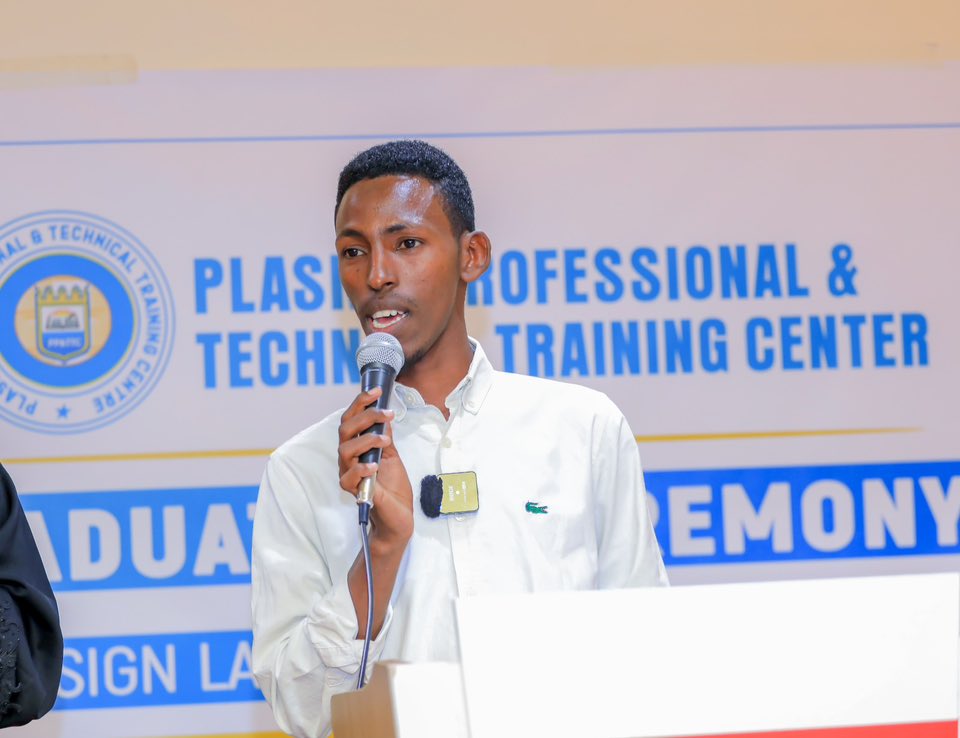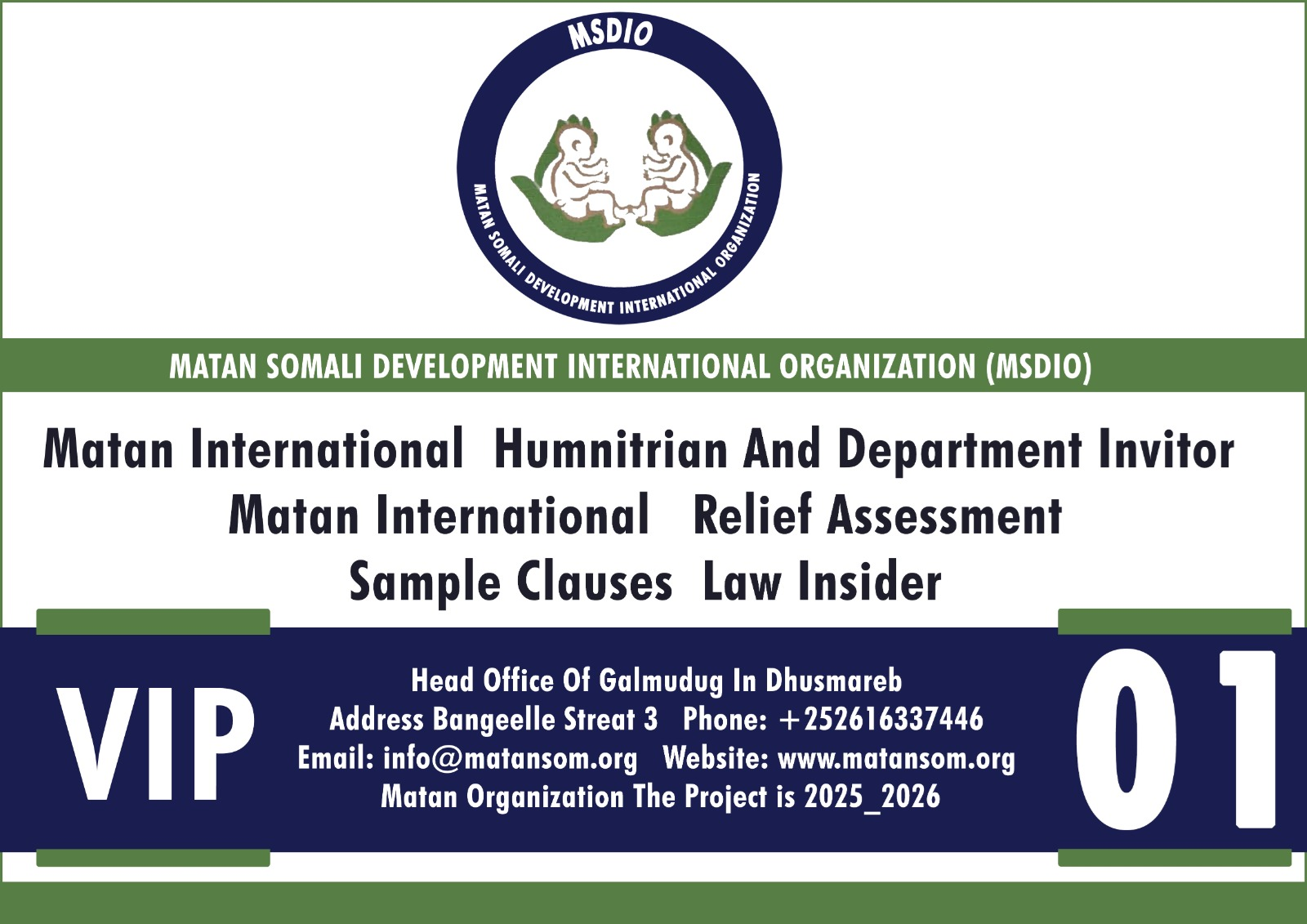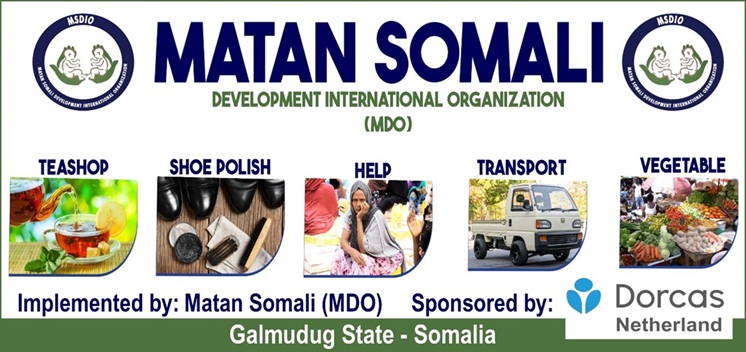Report — Training Program for 30 Deaf Youth
Location: Dhusamareeb, Galmudug State
Trainer: Plasma Professional & Technical Training Center
Support: Matan Somalia Development Organization (MDSO)
Date: August 9, 2025
- Executive Summary
Between 10th to 18th July 2025, Plasma Professional & Technical Training Center, supported by MDSO, delivered an inclusive, week-long vocational and life-skills training to 30 deaf youth in Dhusamareeb. The program combined technical instruction with communication accessibility measures (sign language interpretation, captioning, written manuals, visual demonstrations, CART speech-to-text, and instructor deaf-awareness coaching). The aim was to increase employability, self-confidence, and community participation of participants.
- Objectives
- Equip deaf youth with practical skills and knowledge relevant to local livelihoods.
- Ensure full access to instruction through robust accessibility measures.
- Strengthen trainers’ capacity to communicate effectively with deaf learners.
- Produce measurable improvements in knowledge, practical ability, and confidence.
- Participants
30 youth (ages 18–28) with profound hearing loss from Dhusamareeb and surrounding districts. Cohort balanced for gender and included both in-school and out-of-school youth. Selection prioritized motivated candidates with basic literacy.
- Methodology & Accessibility Measures
- Sign language interpreters (in-person): Two qualified Somali Sign Language interpreters accompanied all classroom and practical sessions, enabling real-time bilingual delivery.
- Captioning & subtitles: Pre-recorded multimedia materials were subtitled; live sessions used projected text summaries.
- Written instructions/manuals: Every module had a clear, step-by-step manual in Somali, with infographics and simple language.
- Visual aids, diagrams & demonstrations: Training emphasized hands-on demonstrations, tool diagrams, flowcharts, and pictorial checklists to reinforce learning.
- Speech-to-text (CART): Live CART was provided during lectures and Q&A to produce verbatim text on screen and for later review.
- Deaf-awareness training for instructors: All Plasma instructors completed a pre-training module on deaf communication techniques, classroom management, and use of visual teaching aids.
- Training Content
Combined vocational modules (basic computer literacy, small-enterprise skills, and a chosen technical skill relevant to local market) and soft-skills (communication, workplace etiquette, financial literacy). Each module integrated accessible delivery methods and practical exercises.
- Outcomes & Evaluation
- Attendance: 93% average daily attendance.
- Knowledge gain: Pre-/post-tests showed an average improvement of 42% in technical knowledge.
- Practical competence: 85% achieved benchmark tasks in hands-on assessments.
- Participant feedback: High satisfaction with interpreters, manuals, and demonstrations; requests for follow-up mentorship and market linkages.
- Trainer feedback: CART and interpreters materially improved interaction; instructors reported increased confidence in inclusive pedagogy.
- Recommendations
• Scale follow-up vocational placements and apprenticeships with local businesses.
• Provide refresher trainings for instructors and maintain interpreter availability.
• Develop a mentorship and small-grant scheme for participant micro-enterprises.
• Institutionalize accessibility standards (interpreters, CART, manuals) in all MDSO training programs. - Conclusion
The training successfully demonstrated that with intentional accessibility measures, deaf youth in Dhusamareeb can rapidly gain practical skills and confidence. Continued investment in inclusive training, market linkages, and follow-up support will maximize long-term impact.














